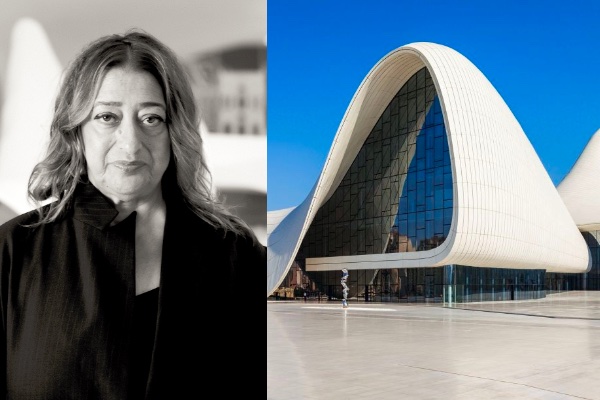ISABEL RUBIO ARROYO | Tungsteno
Overlooked in a profession mostly conceptualised and practiced by men, women have, however, been active participants in design and construction since the first dwellings were recorded. Gaining the visibility within architecture that was rightfully theirs has taken time and, also, the active role of prominent figures that have contributed to giving them a voice. Here we present a selection of great women architects whose work has shaped the history of the profession and has served as a benchmark to pave the way for future generations.
Julia Morgan: the struggle for academic recognition
The great earthquake that destroyed more than 80% of San Francisco's buildings in 1906 also took out the iconic Fairmont Hotel, which was gutted by flames just days before opening. The owners of the iconic establishment then turned to a young architect named Julia Morgan (1872-1957) to rebuild it, to the astonishment of journalists and the public alike, according to The New York Times. The American went down in history as the first woman to be admitted to the Ecole des Beaux-Arts de Paris, then the most prestigious architecture school in the world, and she was one of the first female architecture graduates in the world. Morgan dispelled the doubts of those who questioned her abilities by designing hundreds of buildings, including some widely known constructions such as the Asilomar conference venue and the Hearst Castle in San Simeon, California.
The path that the Californian architect embarked on at the beginning of the 20th century in the United States was already being laid in the old continent. In fact, Finland was the first European country where women were allowed to study architecture and receive academic qualifications. Signe Hornborg (1862-1916), a student at the Helsinki Polytechnic Institute, was one of the first female architects on record, receiving her diploma in 1890. It was not until 1898 that the famous Royal Institute of British Architects (RIBA) accepted the first woman architect, Ethel Charles (1871-1962), as a member of its institution, but it was only much later that the versatile Jane Drew (1911-1996) became the first woman to serve on its board.
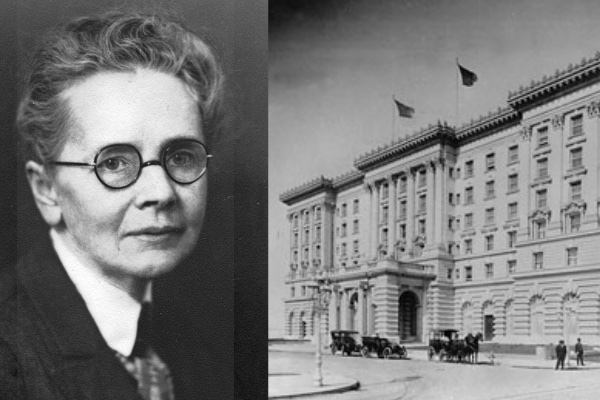
Julia Morgan, the architect behind the renovation of San Francisco's legendary Fairmont Hotel, was the first woman to be admitted to the Ecole des Beaux-Arts de Paris. Credit: Wikimedia Commons.
Lina Bo Bardi: the foundations of the avant-garde
The list of undervalued pioneering women in architecture is long. Some of these professionals saw their influence grow in the shadow of great men in the sector. Over time, names such as Charlotte Perriand (1903-1999), a French architect and designer, managed to carve out a niche for herself on the fringes of Le Corbusier, with whom she collaborated for a long time as head of furniture and interiors, or Lilly Reich (1885-1947), whose work is closely linked to that of Mies Van der Rohe.
Other figures managed to stand out from the outset, apart from this male presence. This is the case of the Italian-Brazilian Achillina Bo, better known as Lina Bo Bardi (1914-1992). During the Second World War, her studio was destroyed by an aerial bombing. Bo had founded it after graduating from the Faculty of Architecture at the University of Rome and working with the architect and designer Giò Ponti. Shortly afterwards, she emigrated to Brazil, where she designed a building that is now considered a landmark in the world of architecture: the Sao Paulo Museum of Art (MASP), which has four lateral support pillars and is eight metres above the ground. But there are also other architectural gems such as the Glass House in Sao Paulo and the Solar do Unhão in Salvador de Bahia. She would thus lay the foundations of the Brazilian architectural avant-garde, without abandoning tradition, before the arrival of other leading figures of the continent's most iconic buildings such as Niemeyer.
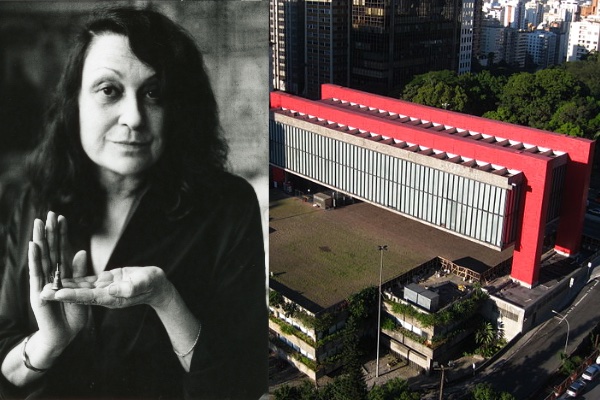
Lina Bo Bardi designed one of the most significant buildings in the sector, the Sao Paulo Museum of Contemporary Art, and also laid the foundations for the Brazilian architectural avant-garde. Credit: Wikimedia Commons / MASP.
Zaha Hadid: the first woman to win the Pritzker Prize
If there is a key figure in avant-garde architecture, it is undoubtedly the Anglo-Iraqi Zaha Hadid (1950-2016). In 1994 she erected her first building: a fire station. Ten years later she became the first woman to win the Pritzker Architecture Prize, the world's most important award in the field of architecture.
Hadid, who was born in Baghdad and spent most of her life in London, is today one of the world's most famous architects and one of the leading contemporary exponents of the architectural movement known as deconstructivism. This style is characterised by the use of a non-linear, fragmented design process that distorts and dislocates some of the elementary principles of architecture, such as the structure and the building envelope. Among the most representative examples of her work are the Heydar Aliyev Cultural Centre in Azerbaijan, the Guangzhou Opera House in China, the London Aquatics Centre, the National Museum of 21st Century Art in Rome and the Rosenthal Center for Contemporary Art in Cincinnati.
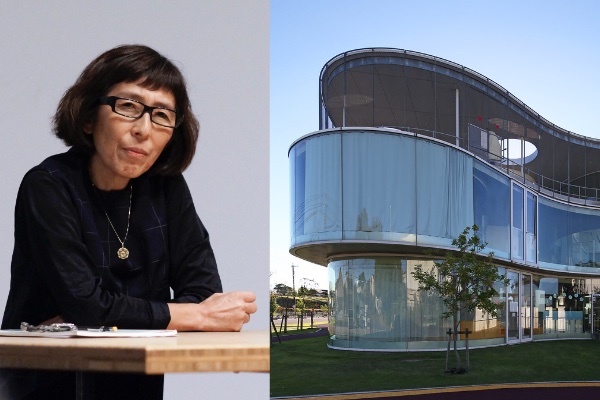
Kazuyo Sejima added the second Pritzker Prize to a woman in 2010. Her work, within the SANAA studio, is a benchmark of the most experimental architecture. Credit: Wikimedia Commons / SANAA.
Kazuyo Sejima: the new paradigm of architecture
The contemporary Japanese architect Kazuyo Sejima (1956), who trained at Japan Women's University and is considered a point of reference in diagrammatic architecture, was the second woman to win the Pritzker Prize (2010). She received it together with her partner Ryue Nishizawa, with whom she founded the prestigious architecture studio SANAA, known for its experimental way of working and for questioning strategic aspects of architecture in its work.
If their structures are characterised by anything, it is simplicity, metallic lightness and spatial fluidity, following this architectural modality in which one seeks to reinterpret and experiment with graphic and iconographic mechanisms used in other periods and in other fields. This is shown in some of their most outstanding creations, such as the New Museum of Contemporary Art in New York, the Toledo Museum of Art Pavilion (Ohio), the House in a Plum Grove (Tokyo) or the Rolex Learning Centre (Lausanne).
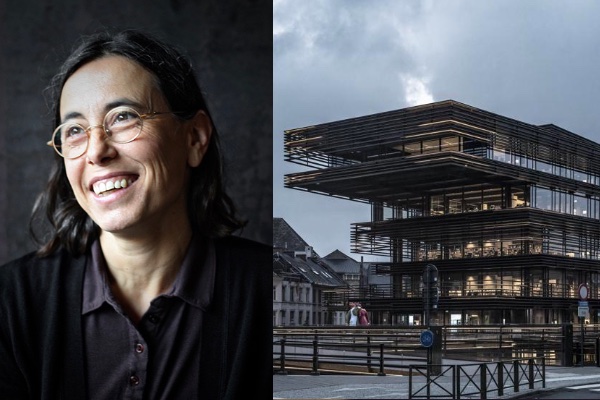
Her work is an example of dialogue with the environment, but, in addition, Carme Pigem credits a Pritzker Prize with her studio RCR Arquitectes. Credit: RCR Arquitectes.
Carme Pigem: Interaction with the Landscape
This approach of questioning traditional structures and the basic principles of architecture has resulted in ground-breaking and unique works behind which there are also leading women architects, such as Carme Pigem. While the Oxford English dictionary defines the word lighthouse as a "tower or other building that contains a strong light to warn and guide ships near the coast," at the end of the 20th century, the architects Pigem, Ramon Vilalta and Rafael Aranda challenged this denomination by creating a horizontal lighthouse. This kind of tapered arm reaching out to the sea, which had a great impact, says a lot about the way of seeing architecture of the three founders of the RCR studio, who won a Pritzker Prize in 2017.
Trained at the Vallès School of Architecture at the Polytechnic University of Catalonia (UPC), Pigem (1962) argues that their work has a strong interaction with the surrounding landscape and a special fixation on nature. Proof of this is the Tussols-Basil Stadium in Olot (Gerona), an athletics track dotted with trees, the Sant Antoni-Joan Oliver library in Barcelona, the Les Cols Restaurant in Olot and the Soulages Museum in France.
Morgan, Bo Bardi, Hadid, Sejima and Pigem are just a few of the leading figures that have contributed to the visibility of women architects. But the list is long and, while it remains a sector where the proportion of female professionals is still low and the wage gap is an ongoing reality, their work is increasingly being recognised. Proof of this is the Pritzker prize that the Irishwomen Yvonne Farrell and Shelley McNamara received in 2020, the first time that two women have won what is considered the Nobel Prize for architecture.
· — —
Tungsteno is a journalism laboratory to scan the essence of innovation. Devised by Materia Publicaciones Científicas for Sacyr’s blog.
